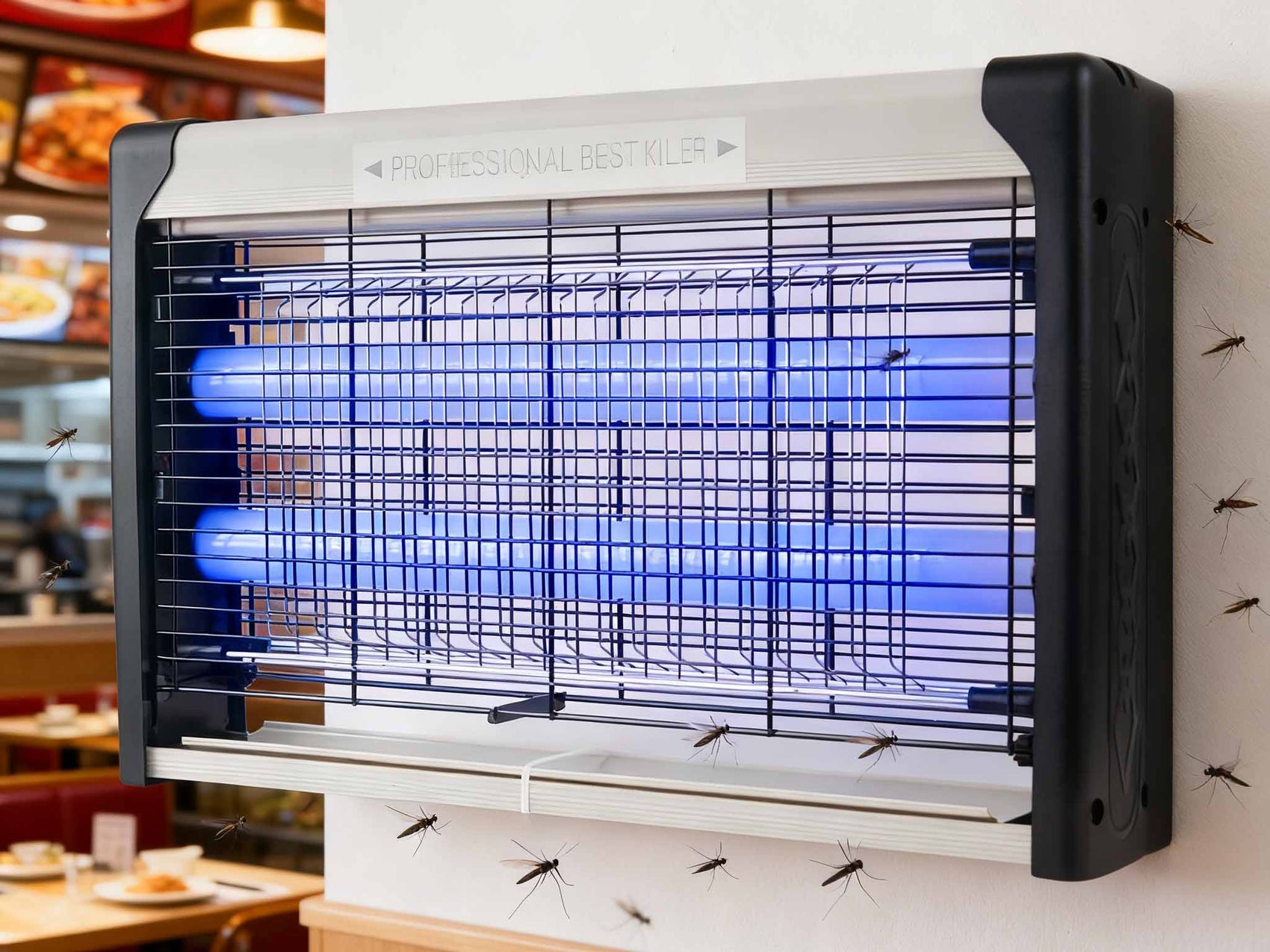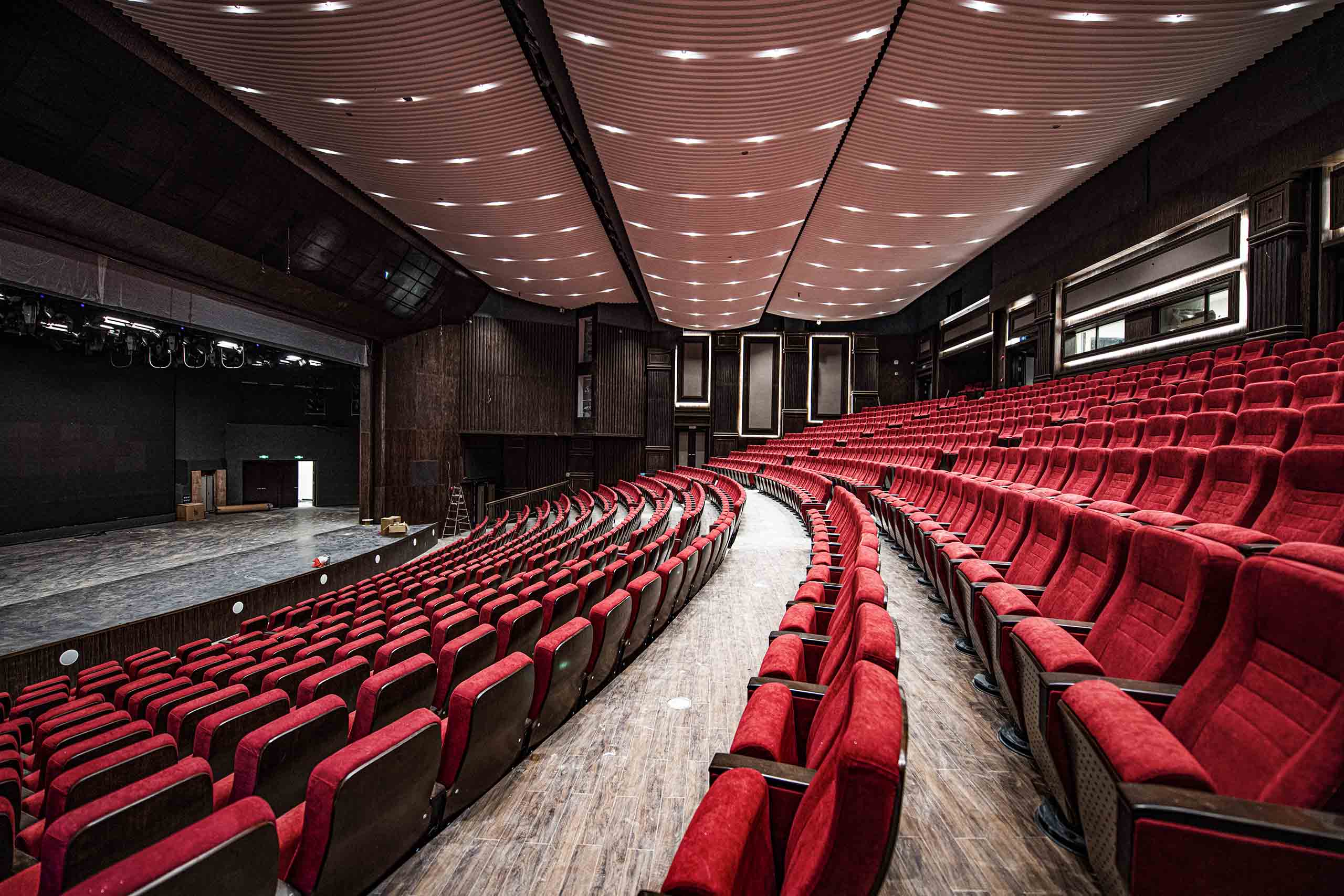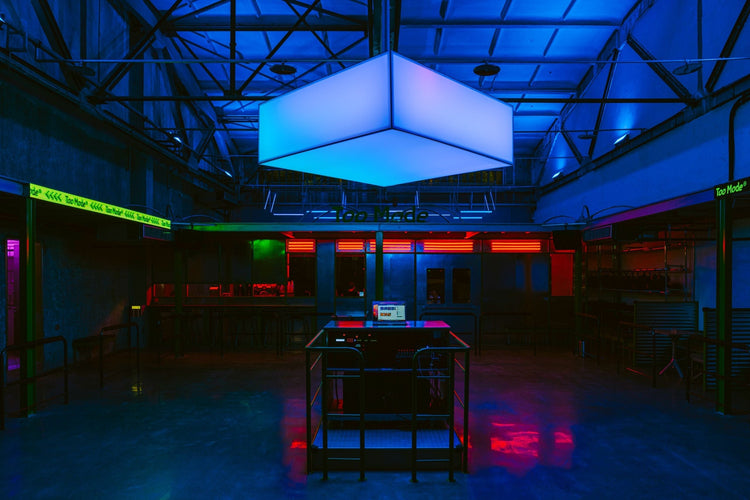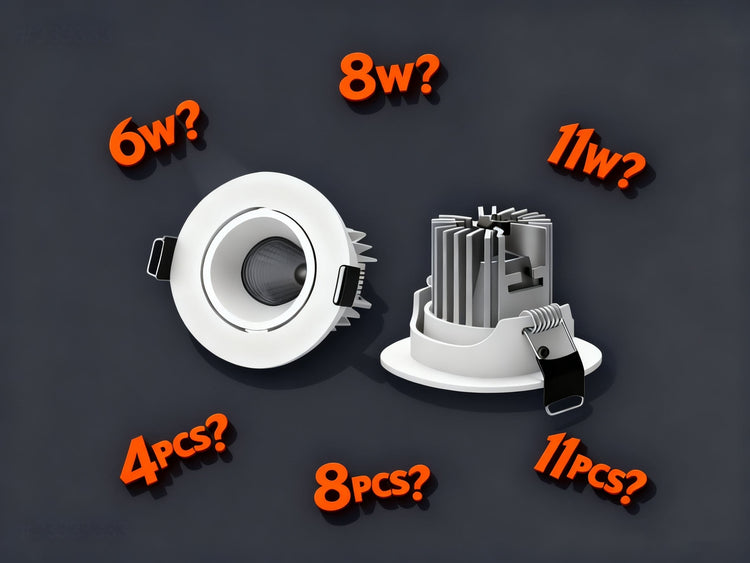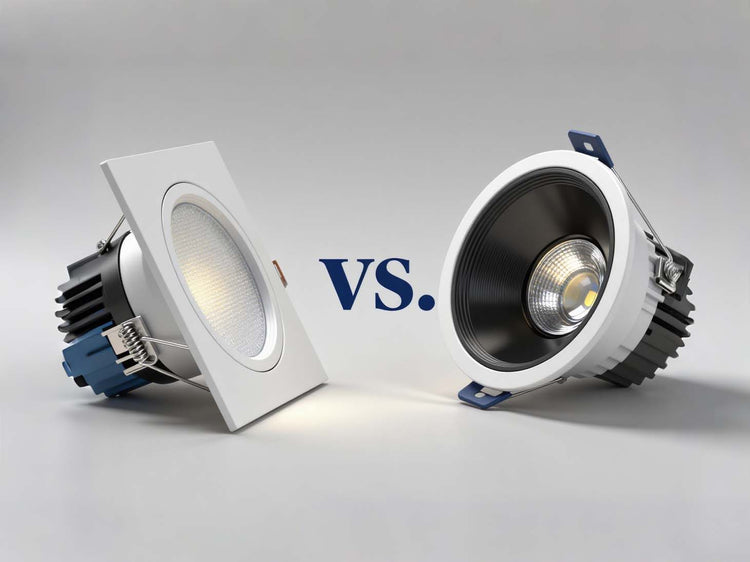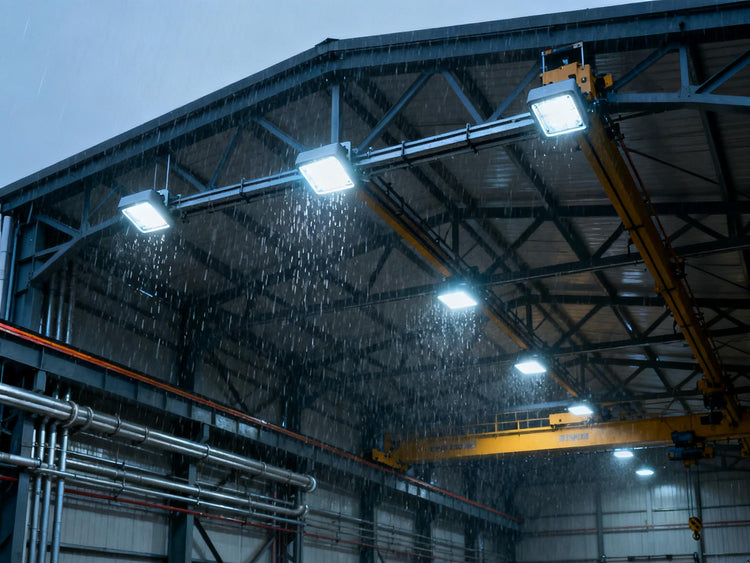In both commercial and residential settings, pest issues are far more than a minor nuisance. Whether it's a restaurant patio, a food processing facility or backyard lawn and balcony, selecting an efficient and reliable insect control device is a critical component of your integrated pest management strategy. This ultimate guide offers comprehensive technical insights and purchasing strategies to help you make the smartest, most cost-effective bug zapper investment for your business or household, ensuring your spaces remain safe, professional, and free of disturbances.
Understanding Bug Zappers
A bug zapper's effectiveness is determined by its underlying technology and design. The following sections break down the core components and operational principles of these devices, providing the technical background needed to appreciate the key differences between models.
1. What is an Bug Zapper?
An electric bug zapper (bug zapper), also known as a fly zapper or insect killer, is formally called an electric discharge insect control system. It is a device designed to attract and eliminate flying insects by leveraging their natural instincts. The core mechanism involves using a specific light source, often ultraviolet (UV), to draw insects towards an internal high-voltage electric grid. Upon contact, pests are instantly electrocuted. This method provides a high-efficiency, chemical-free solution to insect control, making it an environmentally friendly choice.

2. How Do Bug Zappers Work?
The effectiveness of bug zappers is rooted in insect science. While the foundational attractant is UV light, which appeals to a wide range of flying insects, advanced models incorporate additional lures to specifically target mosquitoes. Scientific research shows that mosquitoes are attracted to carbon dioxide, thermal and moisture is key signals of human presence. Sophisticated bug zappers mimic these signals by emitting CO₂ (from a lure or through catalytic conversion), generating body-like heat and creating air flow with a fan. This multi-sensory attraction draws mosquitoes away from you and towards the device, where they are either electrocuted by a grid or trapped on an adhesive board, ensuring they are effectively eliminated.
What is the Best Electric Bug Zapper?
Choosing the "best" electric insect killer hinges entirely on your specific usage scenario. An ideal device should not only attract and eliminate pests effectively but also prioritize safety, convenience, and blend into your environment. Below is a breakdown of the primary categories to meet diverse needs.
1. Indoor Hanging & Freestanding Bug Zapper
These versatile devices are designed for flexible indoor use. They primarily use UV light for attraction, with higher-end models incorporating additional thermal or CO₂ simulation to target mosquitoes specifically. Insects are eliminated by a high-voltage grid, providing immediate results. Their key advantage is dual-purpose design: they can be placed on a desk or floor or hung on a wall, making them perfect for adaptable deployment in living rooms, bedrooms, and other interior spaces where a chemical-free solution is preferred.

2. Wall Mount Bug Zapper
Designed for space efficiency and a permanent installation, this type mounts securely to a wall like a picture or clock. It's ideal for both commercial settings (e.g., restaurants, supermarkets) and residential areas (e.g., kitchens, offices, hallways) where floor or counter space is limited. Using UV LEDs to attract insects, it features a protective outer grid and an internal high-voltage killing grid. This design allows for safe, high-level placement, keeping it out of reach of children and pets while maintaining wall cleanliness and clear pathways.
3. Outdoor Bug Zapper
Built to withstand the elements, outdoor bug zappers are typically more powerful. They use bright UV light tubes and often integrate enhanced attractants like CO₂ lures or thermal technology that mimics human breath and body heat to cover large areas and effectively mimic living hosts. Constructed with weather-resistant, waterproof stainless steel or durable ABS housing, they are suited for yards, gardens and patios. Many models also double as ambient garden lights. They provide robust, chemical-free protection across dozens of square meters, ensuring safety for people and pets.

4. Solar Bug Zapper
For ultimate energy independence and off-grid use, solar-powered bug zappers are the ideal solution. Equipped with a top-mounted solar panel, they charge automatically during the day and operate at night. They combine UV light attraction with CO₂ and thermal technology that mimics human breath and body heat to precisely target mosquitoes. Built with a fully waterproof and rust-resistant housing, they are designed to endure harsh weather. Many models also offer dual functionality as landscape lights, making them a versatile, zero-electricity-cost solution for gardens, farms, and remote campsites.
Which Electric Bug Zapper Should You Buy?
The requirements for insect control devices vary significantly across different scenarios. To make an informed decision, focus on these key technical factors that directly impact performance and suitability.
Coverage Area
Coverage area, typically measured in square meters (㎡), is the most critical factor. An undersized unit will leave unprotected gaps, while an oversized one wastes energy.
- Bedrooms / Small Spaces (20–40㎡): Suitable for enclosed rooms like single bedrooms or home offices.
- Kitchens / Medium Spaces (30–50㎡): Effective for semi-enclosed areas with obstacles, ensuring coverage over key zones like countertops and dining areas.
- Yards / Large Open Areas (100–200㎡): Necessary for open outdoor settings where insects are more dispersed. For spaces over 200㎡, consider multiple units.
- Campsites / Temporary Use (50–80㎡): Offers a balance of portability and sufficient localized protection around tents and activity areas.
Power Source
The power source determines where and how flexibly you can use your device.
- Plug-in Bug Zapper: Ideal for indoor spaces with readily available outlets (e.g., bedrooms, kitchens). They provide consistent, uninterrupted power without needing recharging.
- Rechargeable Bug Zapper: Perfect for balconies, patios, and camping trips where outlets are unavailable. Look for models with a runtime of ≥12 hours for all-night protection.
- Solar-Powered Bug Zapper: The best choice for yards, gardens, and remote locations. They operate energy-autonomously, charging by day and working by night, incurring no electricity costs.
Indoor vs. Outdoor: Safety and Durability
Different environments demand specific safety and build features.
Indoor Use (Bedrooms, Kitchens): Prioritize safety. Look for models with finger-safe grids (narrow mesh spacing) to prevent accidental contact. Families with young children or pets should consider units with an automatic power-off feature if the outer guard is removed. Ensure the device is chemical-free to avoid contaminating food or air.
Outdoor Use (Yards/Campsites): Prioritize durability and protection. The housing must have a high waterproof rating to prevent short circuits during rain. For added safety, especially in tents, verify that the model has a tip-over automatic shutoff function.
Conclusion: Pick the Right Bug Zapper, Protect Your Space & Save Cost
Whether you’re protecting the brand reputation and hygiene safety of commercial spaces, or safeguarding your family’s quiet sleep and backyard leisure, the most effective electric insect killer is always the one that accurately aligns with your specific space, core needs, and potential risks. Want to quickly identify the right device and solve your pest problem precisely? Explore our Lumosmith.com now to find your exclusive high-efficiency pest control solution.

